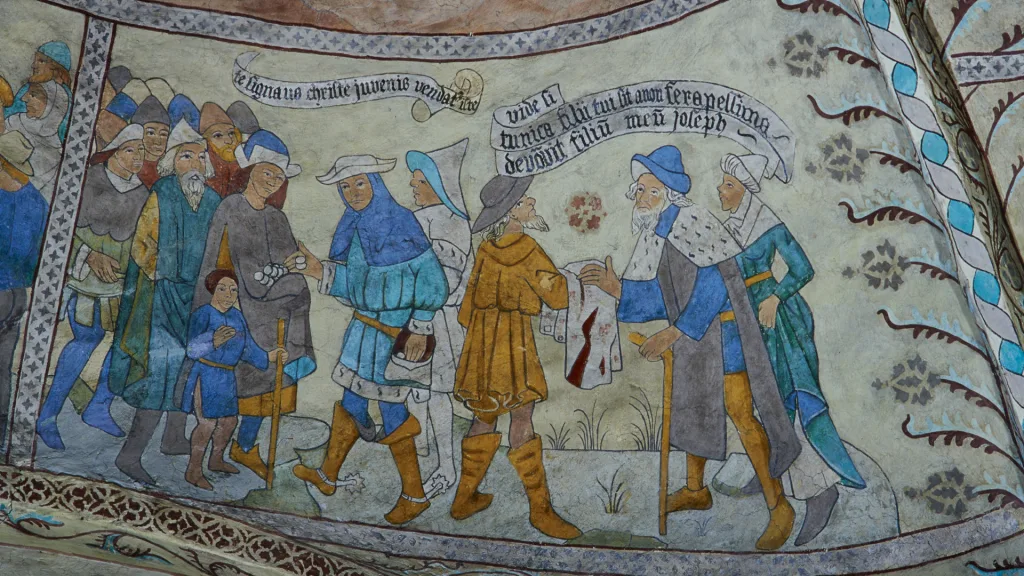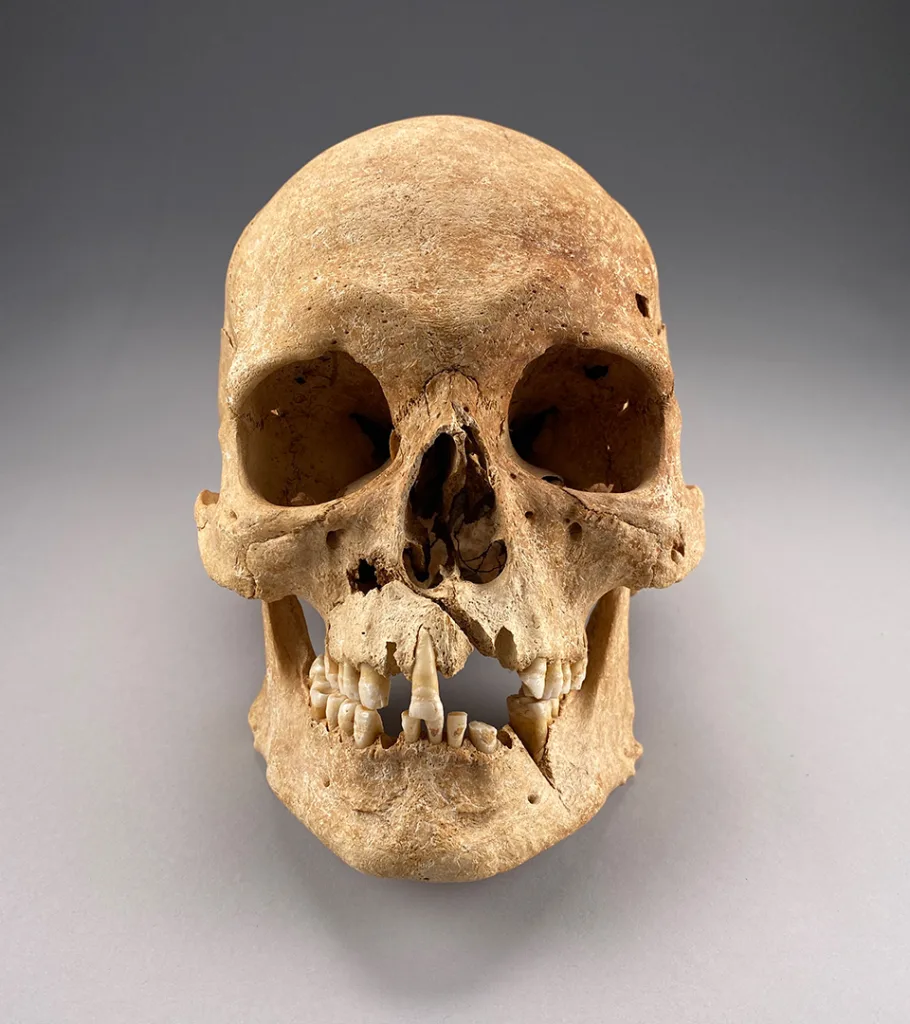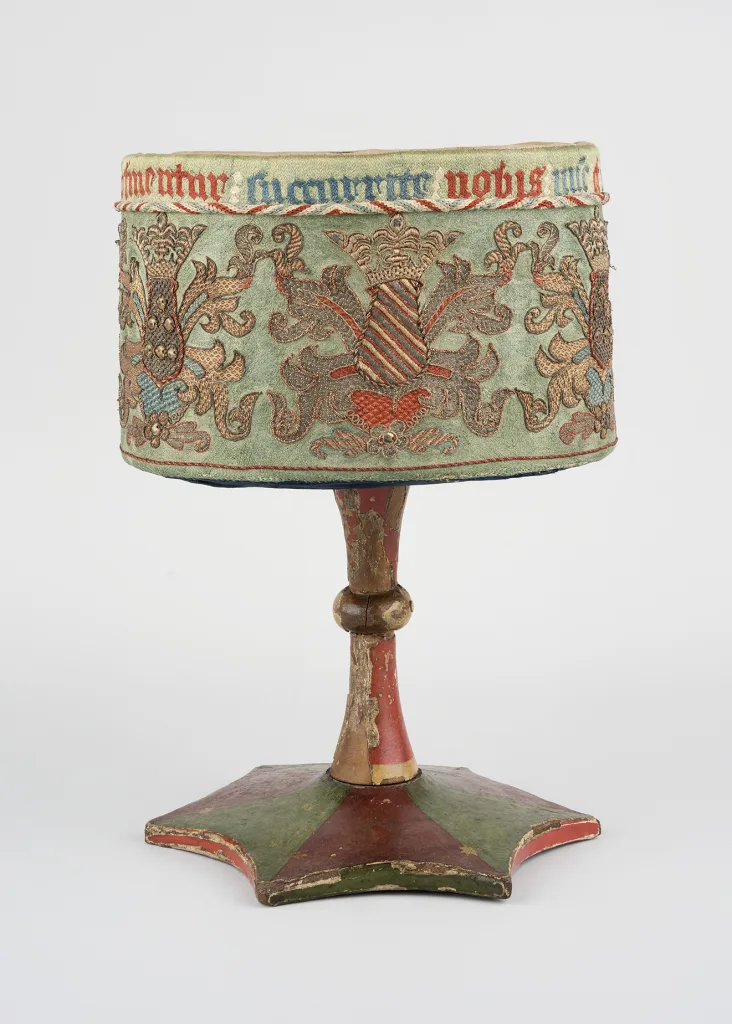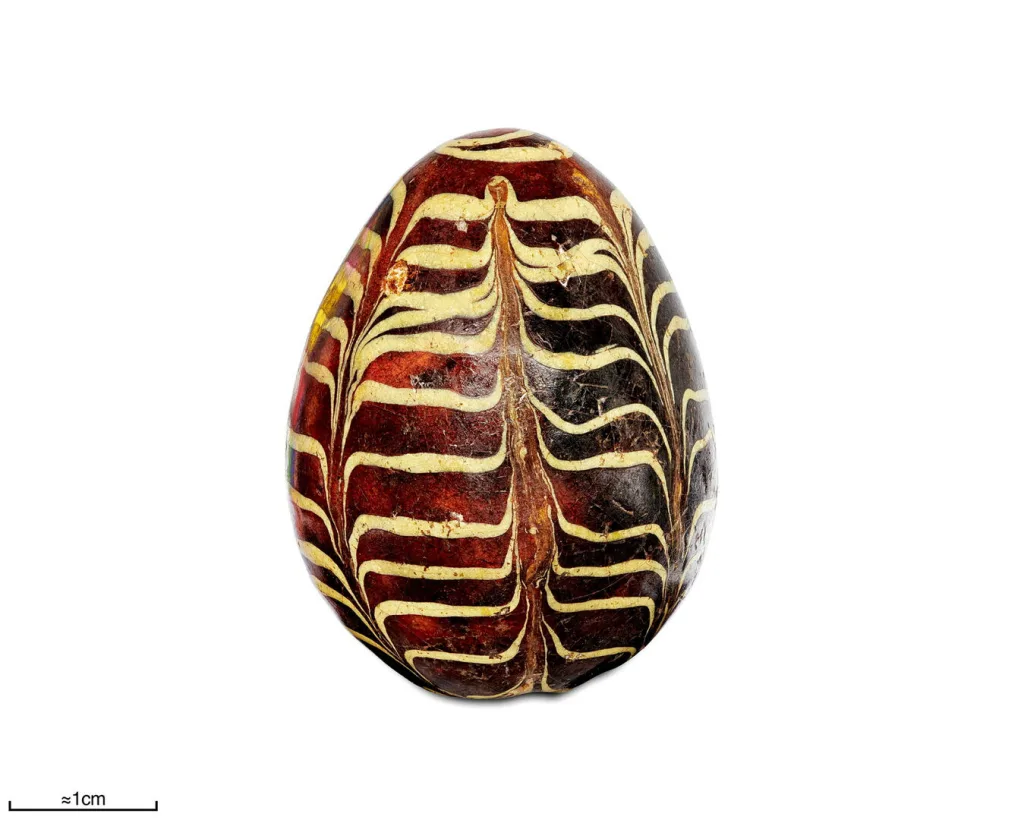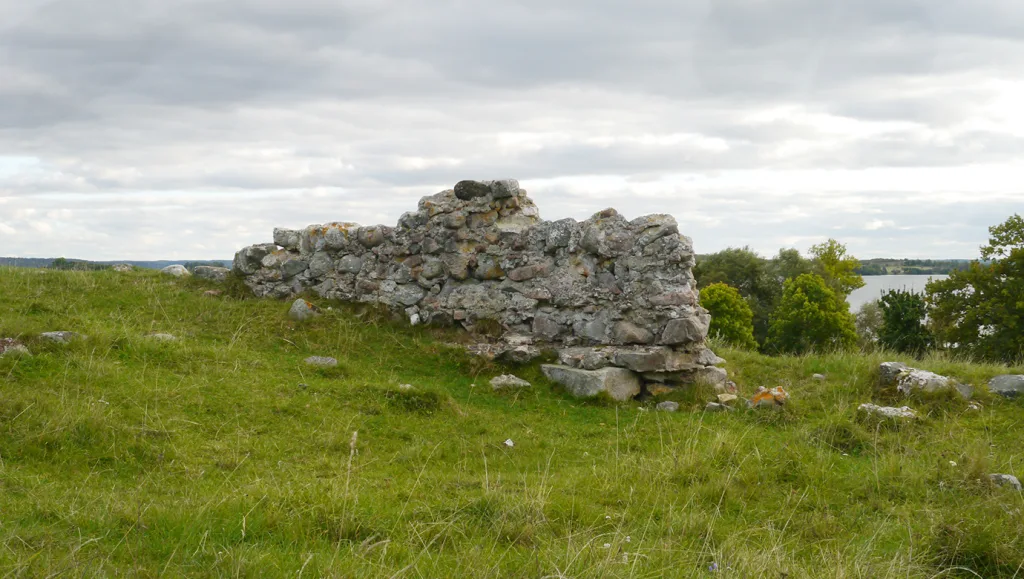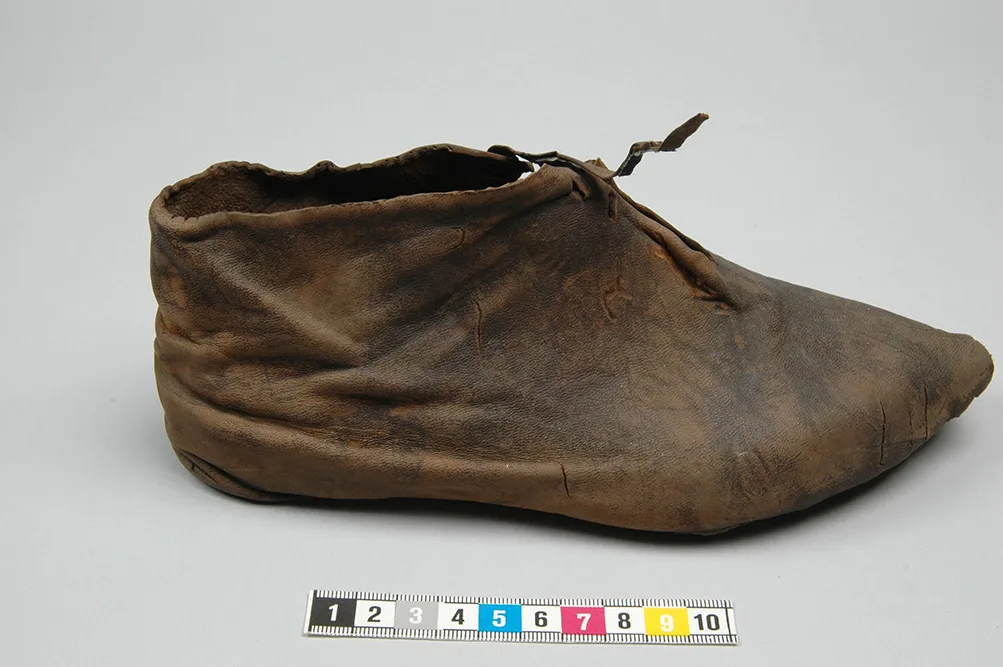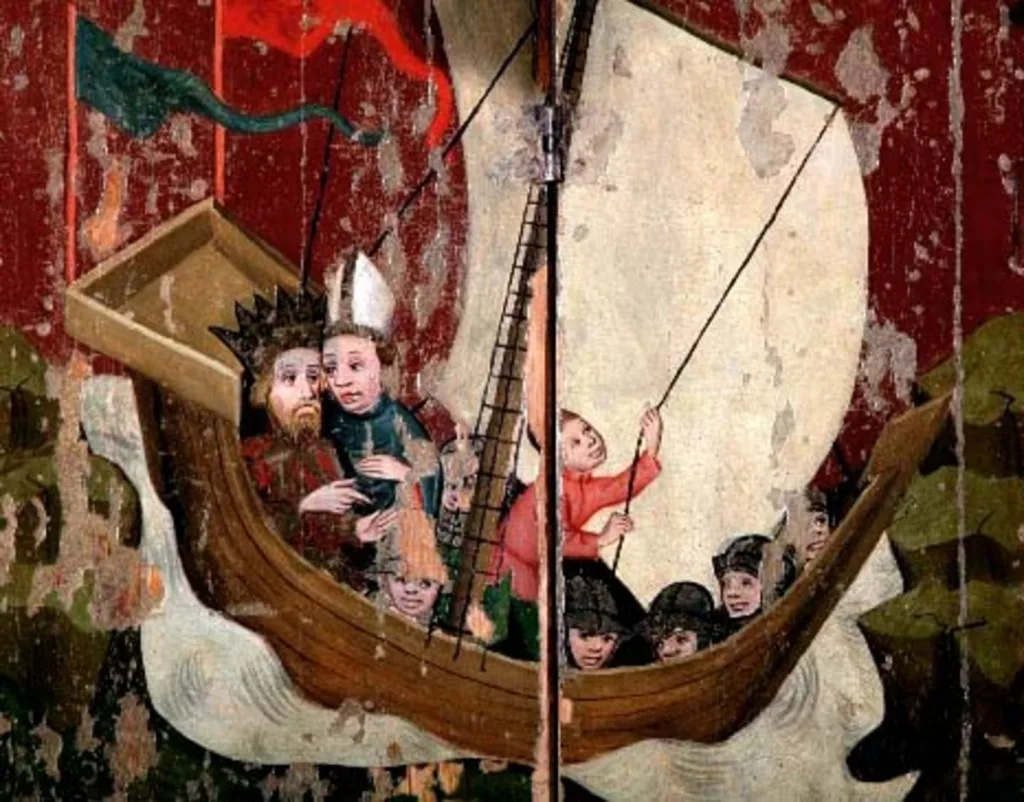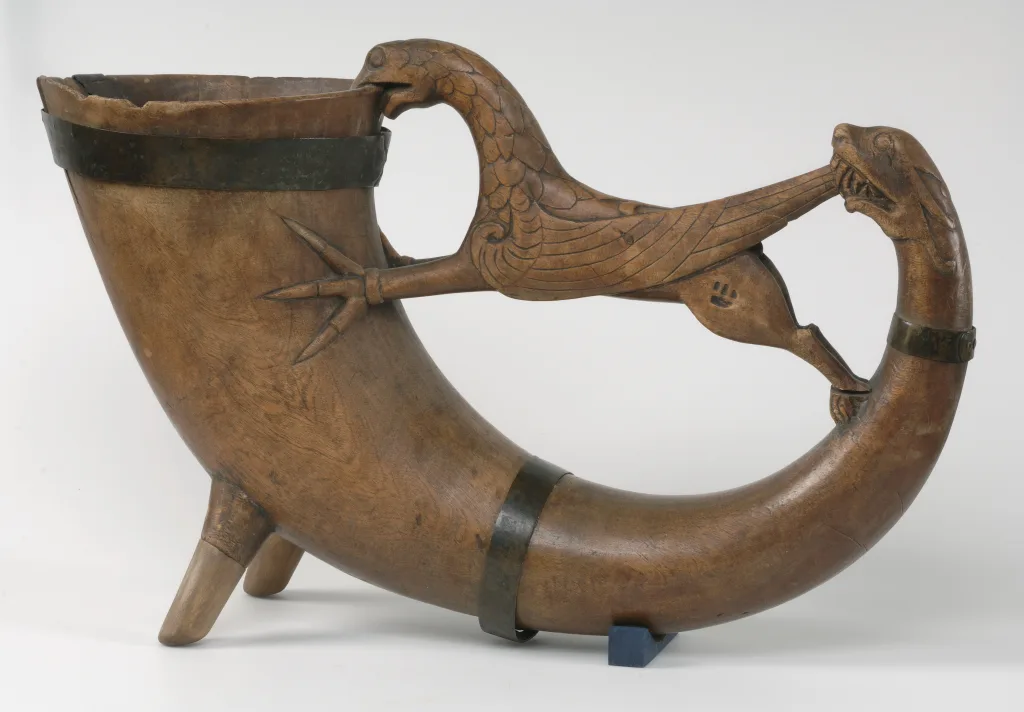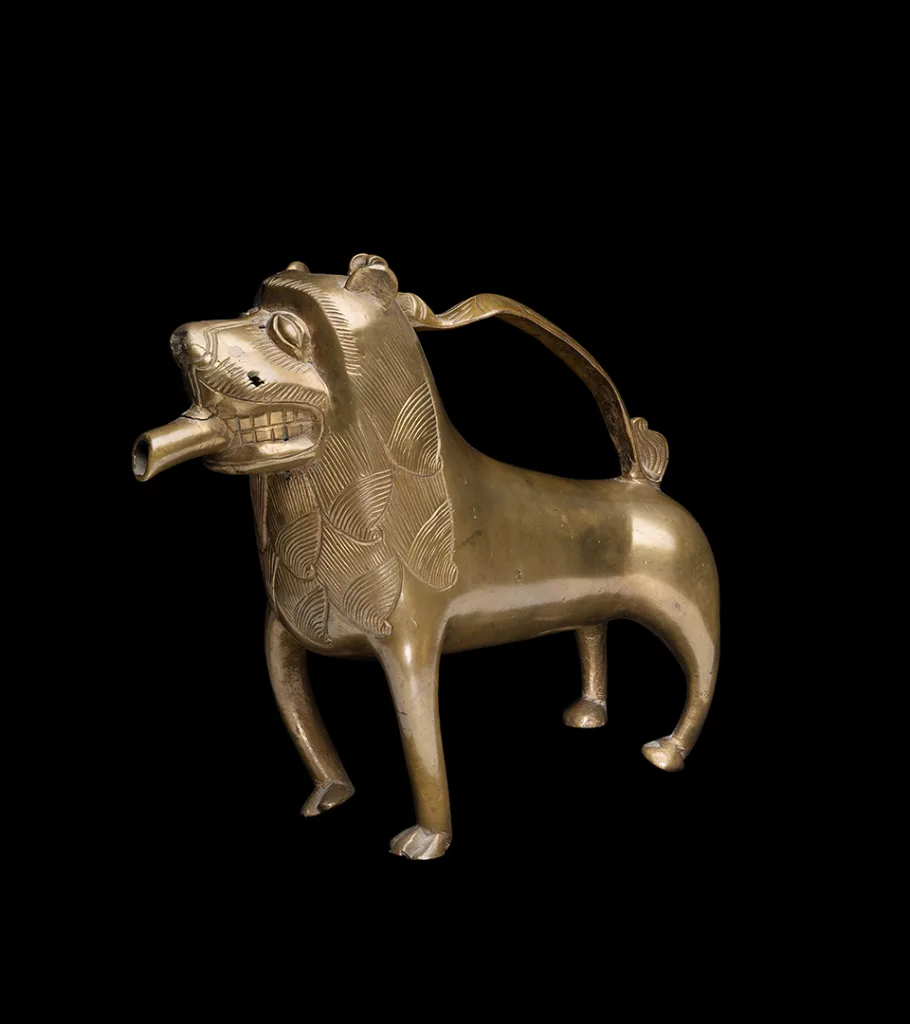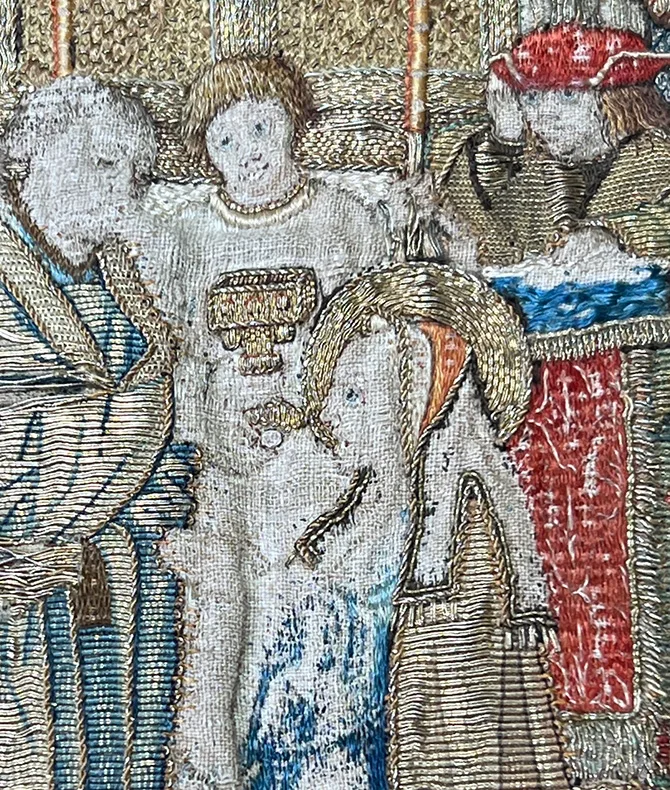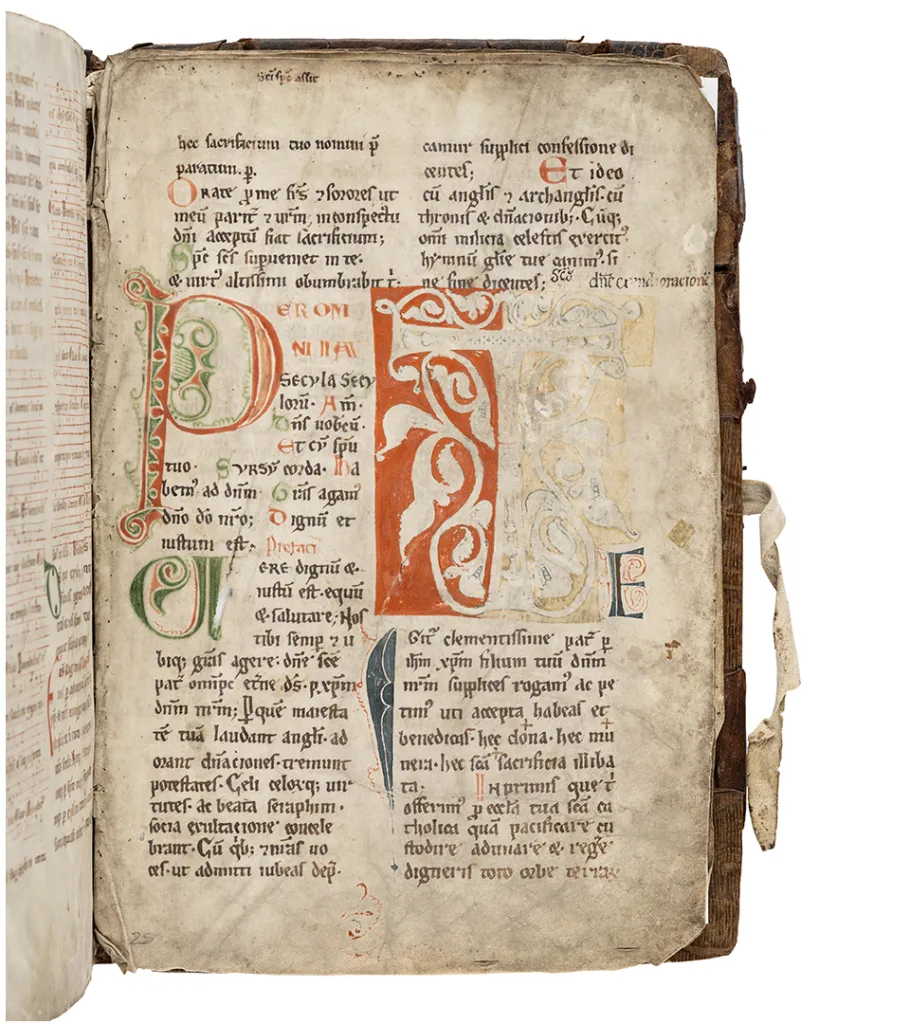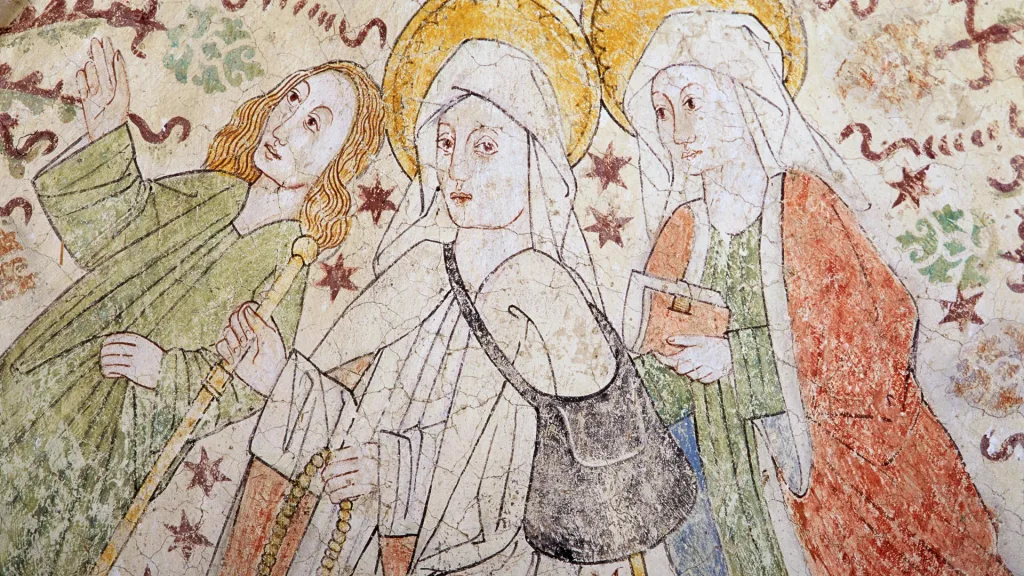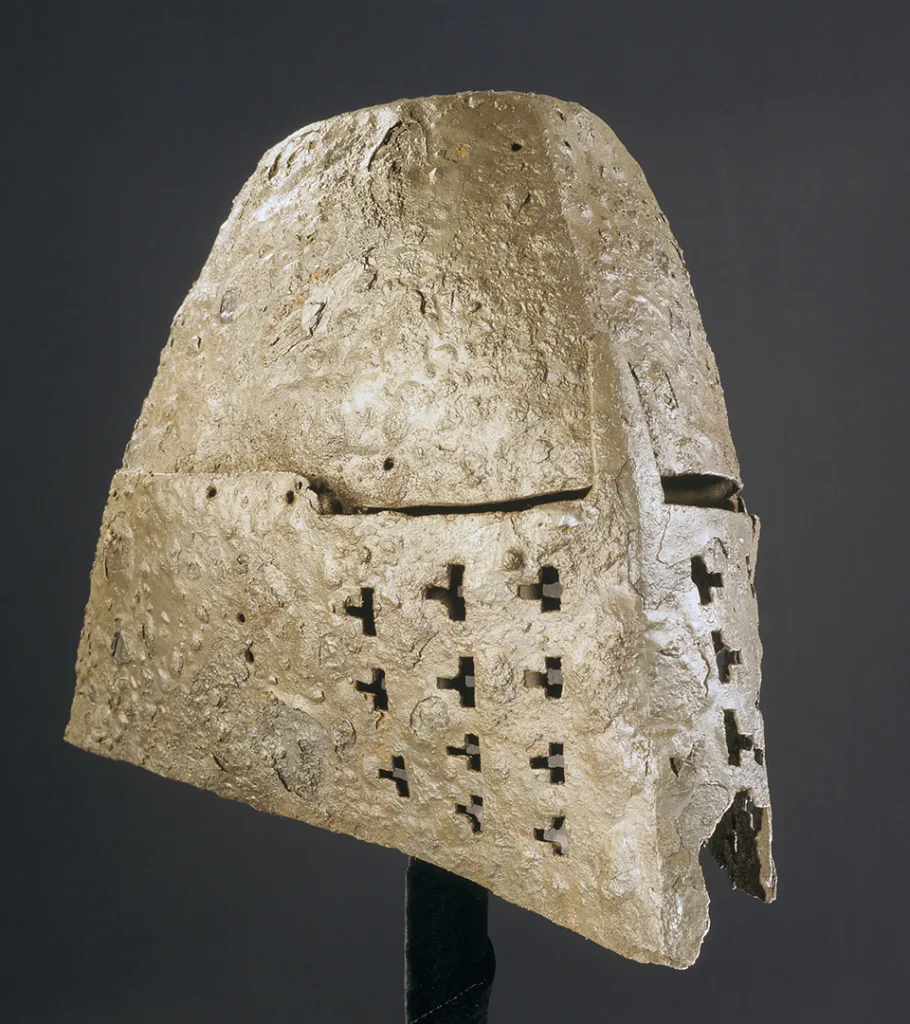Intro to the Middle Ages
Viking Age
AD 800 – AD 1100
Middle Ages
AD 1050 – AD 1520
Modern Age
AD 1520 – AD 2025
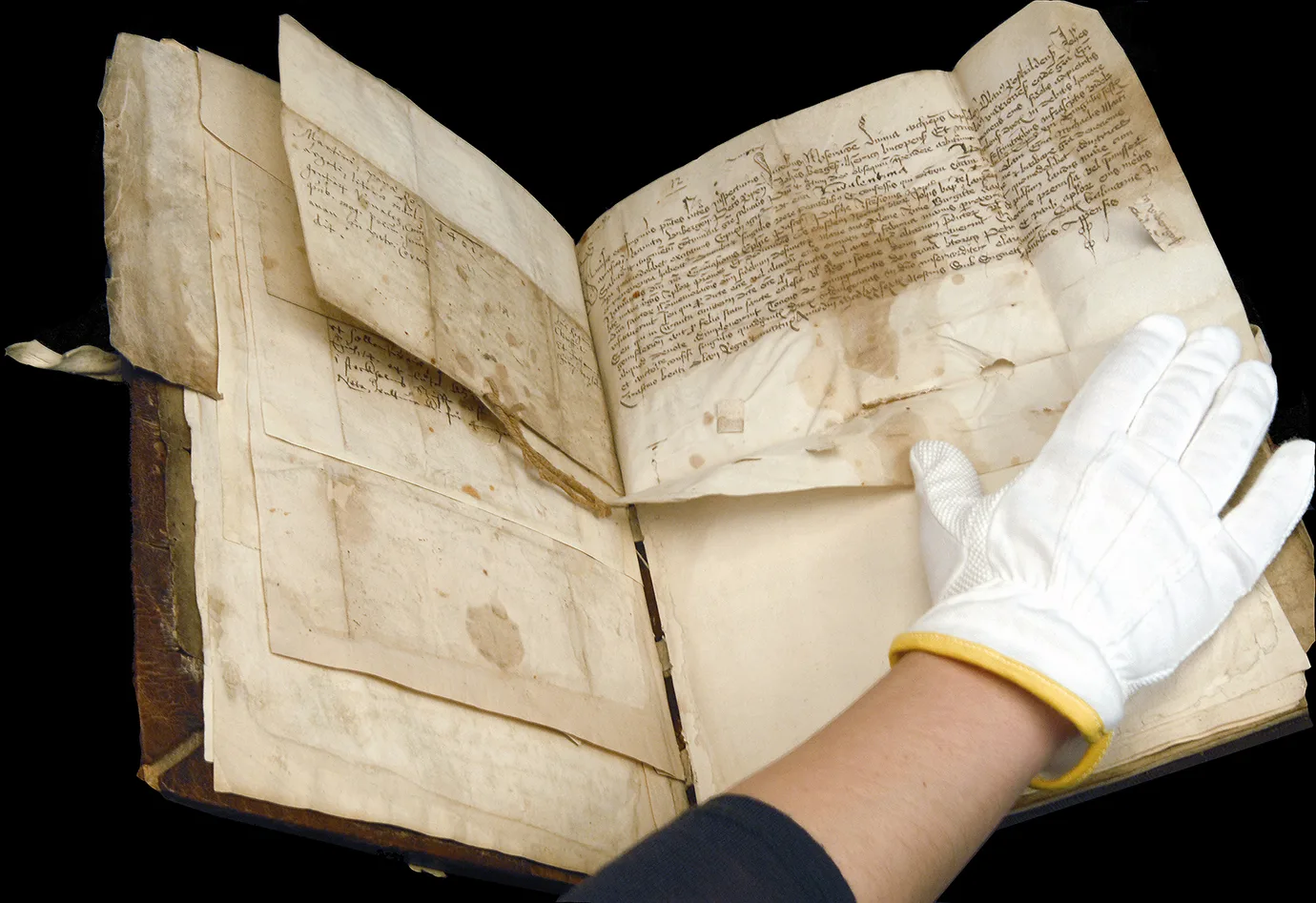
At the beginning of the Middle Ages, Sweden was not yet a united kingdom but consisted of various small kingdoms and chiefdoms. Christianity began to take hold during the 11th century, gradually replacing the old Norse pagan faith. Missionaries from Germany and England played an important role in the conversion, but it was only when kings such as Olof Skötkonung were baptised that Christianity truly began to establish itself.
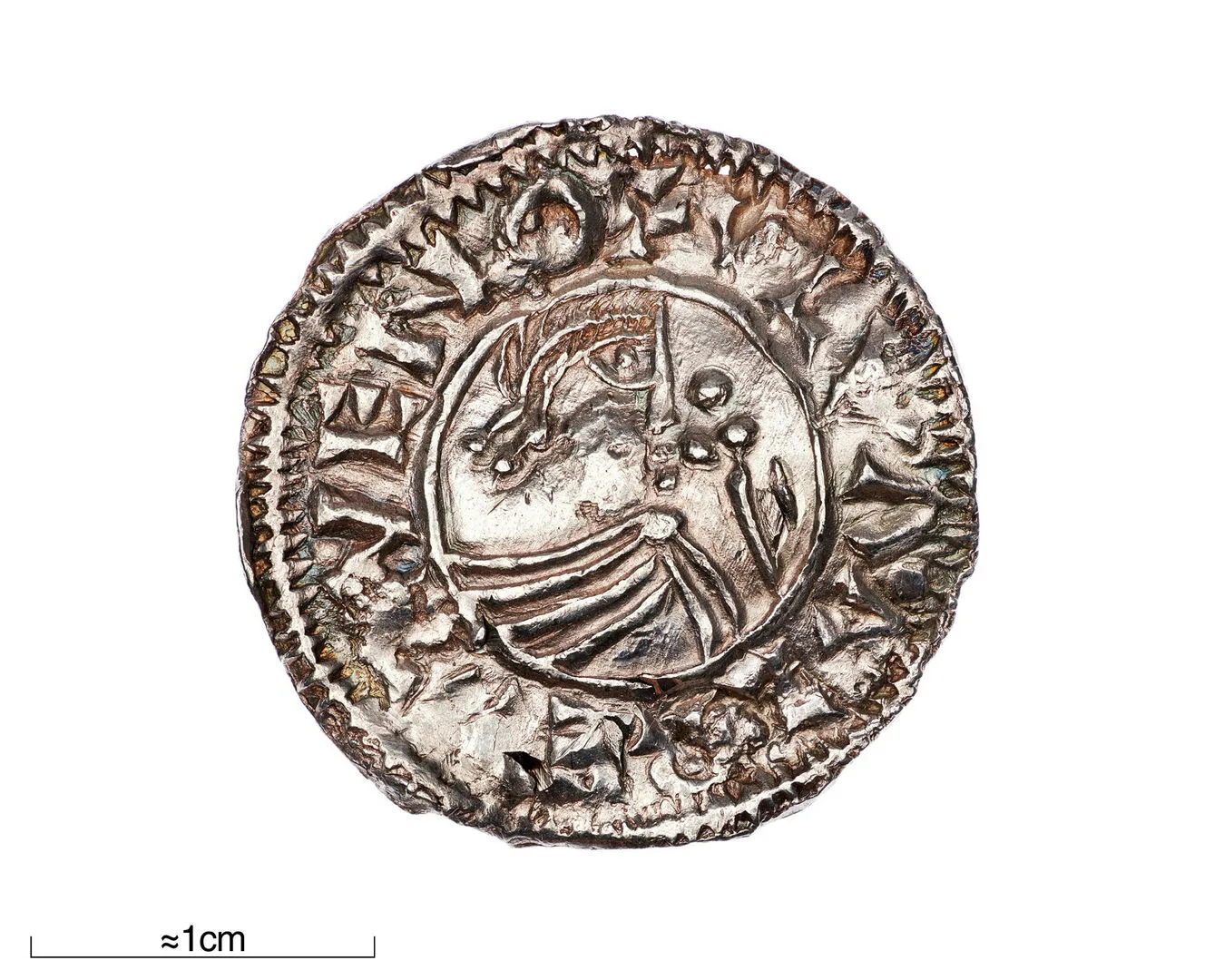
Coin from the time of Olof Skötkonung
On view at Historiska museet in the exhibition Vikingarnas världFind this object in display 91, Vikingarnas värld Monter 91
The Church’s growing power affected both social structure and living conditions. Buildings such as bishops’ residences and monasteries, built of brick, came to dominate the growing towns. The Church became not only a religious authority but also a political and economic force with vast landholdings.
A kingdom takes place
During the 12th and 13th centuries, royal power grew stronger. Birger Jarl, father of King Valdemar, is often seen as one of the founders of the Swedish kingdom. He introduced laws, founded towns and helped make Sweden more centrally governed. At the same time, people began to speak of Sweden as a united kingdom, even though in practice there were still large regional differences.
As towns expanded, trade and crafts became more organised through written laws and regulations. The kingdom’s administration also became more structured. The provincial laws, such as the Uppland Law, show both how society worked and how the legal system developed.

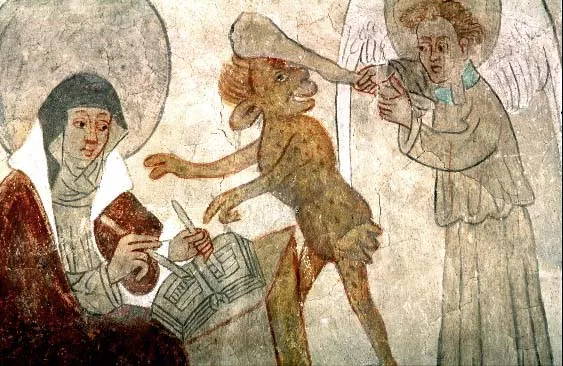

Medieval sculptures and paintings in the collections. Photo: Pia Bengtsson Melin and Lennart Karlsson, The Swedish History Museum/SHM (CC BY 4.0).
Towns, trade and farmers
During the Middle Ages, the first Swedish towns emerged. Sigtuna, Visby, Stockholm, Kalmar and Uppsala are some examples. The towns became trading centres and hubs for both domestic and international trade. The Hanseatic League, a German trade network, gained great influence in the Baltic Sea region and thus also in Sweden.
Despite the growth of towns, Sweden was mainly an agricultural society. Most people lived in the countryside and worked as farmers. The majority were freeholding farmers, which set Sweden apart from many other European countries where feudalism was more widespread. At the same time, there were also serfs and tenant farmers who rented land from the Church or the nobility.
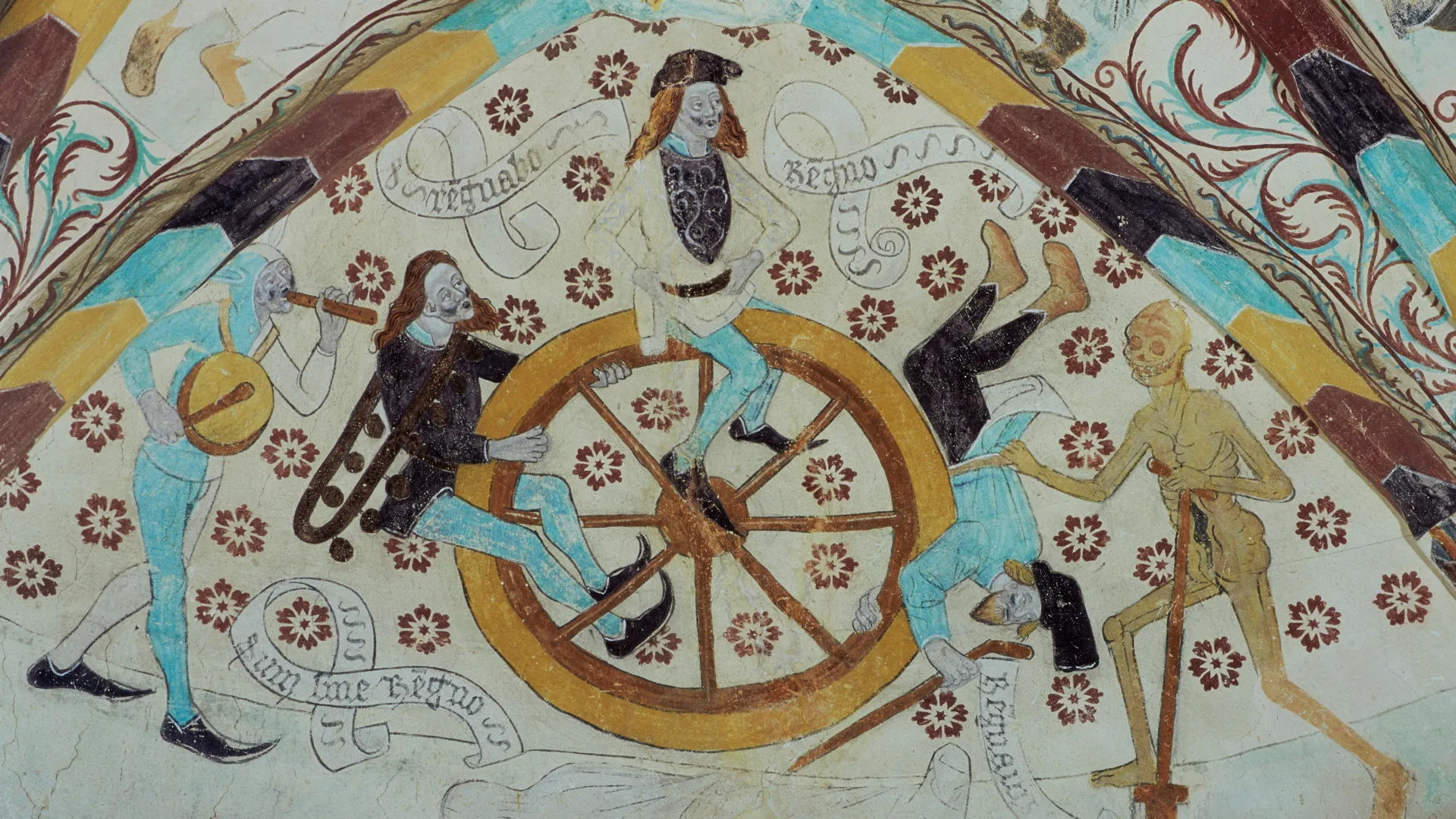
The black death
One of the greatest changes of the Middle Ages did not come through organisation but because of a disaster. The black death, or plague, reached Europe in 1347. The first known outbreaks were in China between 1331 and 1334. The plague then spread quickly along the trade routes that linked east and west. It reached Genoa and Venice from Crimea in 1347.
About one third of Europe’s population died from the plague during the Middle Ages, causing large parts of society to stop functioning. Towns were hit hard, and the shortage of labour in the countryside led to famine.

The end of the Middle Ages – the Kalmar Union and the Reformation
At the end of the Middle Ages, in 1397, the Kalmar Union was formed. It was a political union between Denmark, Norway and Sweden under a single monarch. However, the union was unstable, and many in Sweden disliked Danish influence. This discontent led to several uprisings, the most famous being the Engelbrekt Rebellion in the 1430s.
The boundary between the Middle Ages and the early modern period in Sweden is usually marked by Gustav Vasa becoming king, around the time of the Stockholm bloodbath in 1520 and his coronation in 1523.
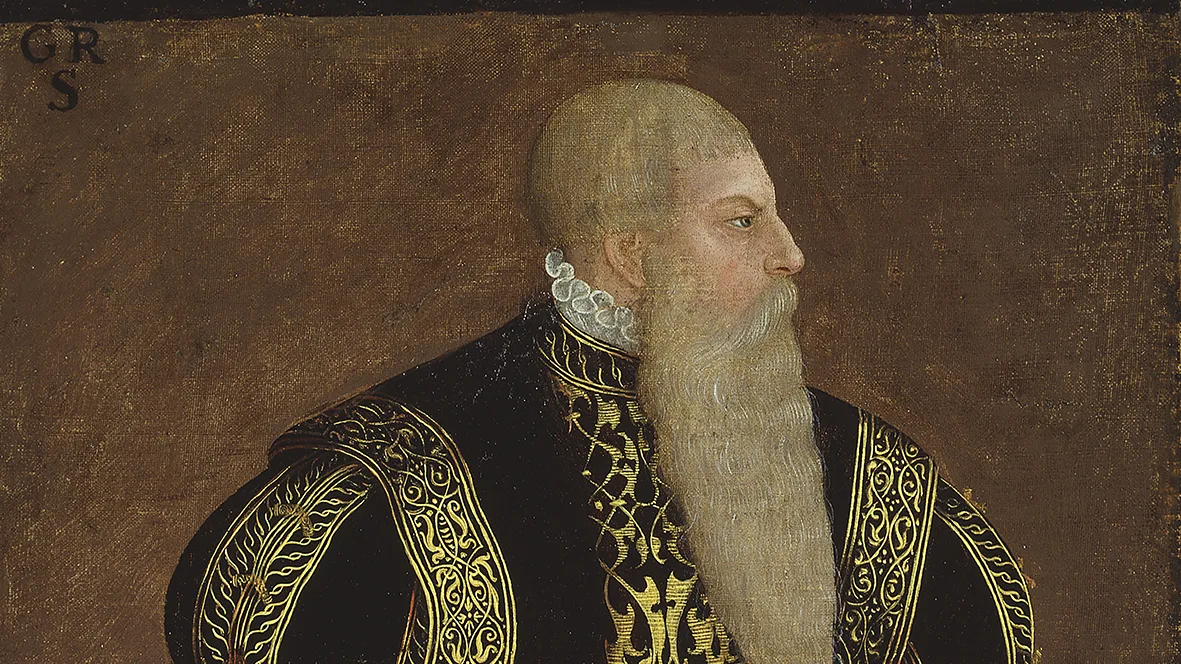
A historical period
The Middle Ages are the first period that can truly be described as a historical era. This means there are written sources from Sweden that describe it. The earlier periods — the Stone Age, Bronze Age and Iron Age — are called prehistoric because we know them only or mainly through archaeological evidence. From the Middle Ages, we have both written and archaeological sources. This is useful because they complement each other. Often, written material from the Middle Ages tells a completely or partly different story from the archaeological remains. In the archaeological sources, the lives of ordinary people can also be seen in a very different way.

Learn more about the Middle Ages
At the Swedish History Museum, you can explore the medieval times in several permanent exhibitions: Medieval Art, Medieval Life, The History of Sweden and The Gold Room. Read on to see what traces and objects the people of the past left behind for us.
